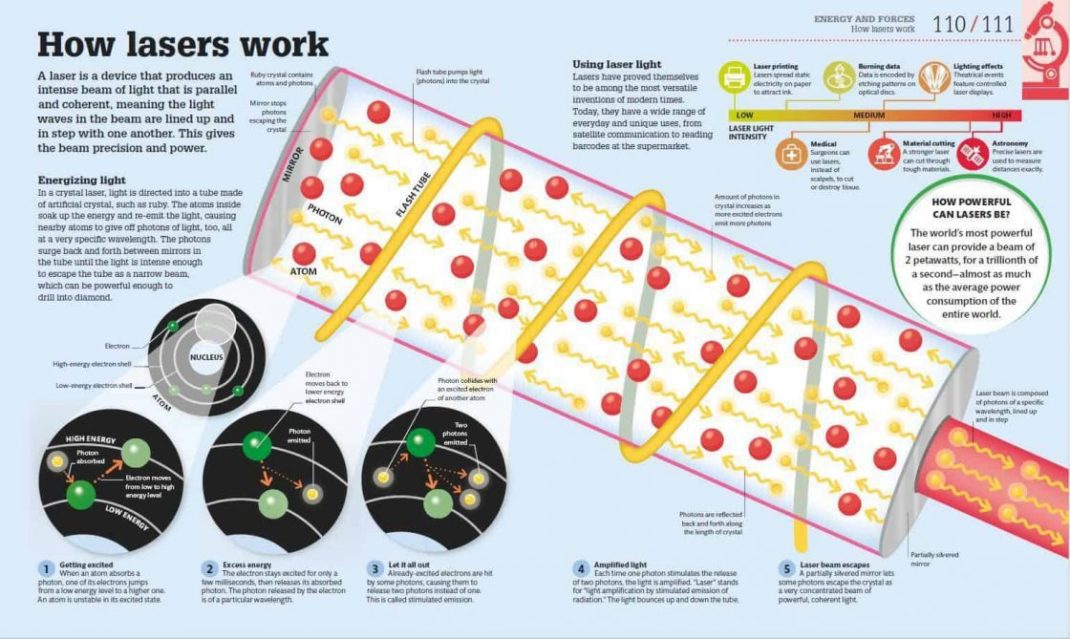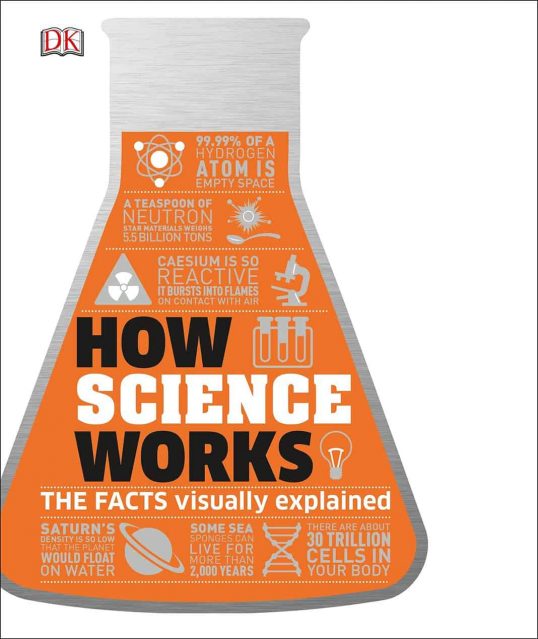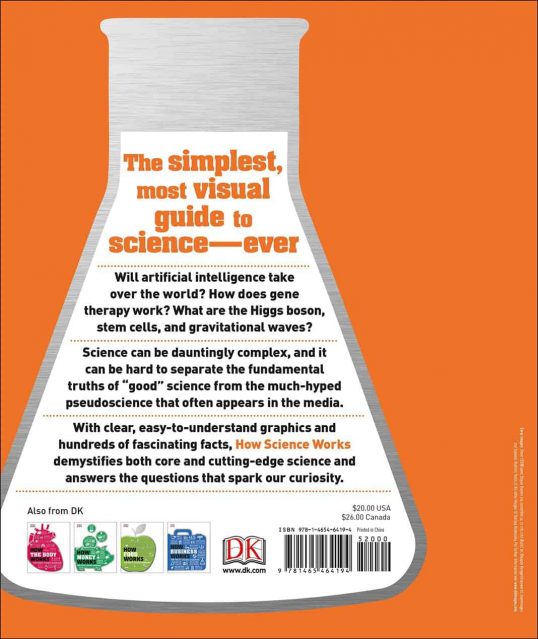Do your children ask science questions you cannot answer? Do you find yourself saying things like “Why don’t you go and Google it? You are more likely to remember it that way than if I just tell you the answer”?
Well, guess what?
I have just the thing for you.
A book that is crammed full of scientific knowledge that is presented in a clear and easy to understand way. A book you can whip off the shelf and say “Hey kiddo, great question, let’s take a look together and find out.”
And what is the name of this book? I hear you ask.
It’s How Science Works by Dorling Kindersley and it is part of an entire series of How “something” Works books which includes:
- How The Body Works
- How Technology Works
- and How Money Works
What’s In How Science Works?
How Science Works covers topics as diverse as the carbon cycle, sound waves, and the discovery of the Higgs boson and the key to its success is the fact that this is not a bland, dry textbook.
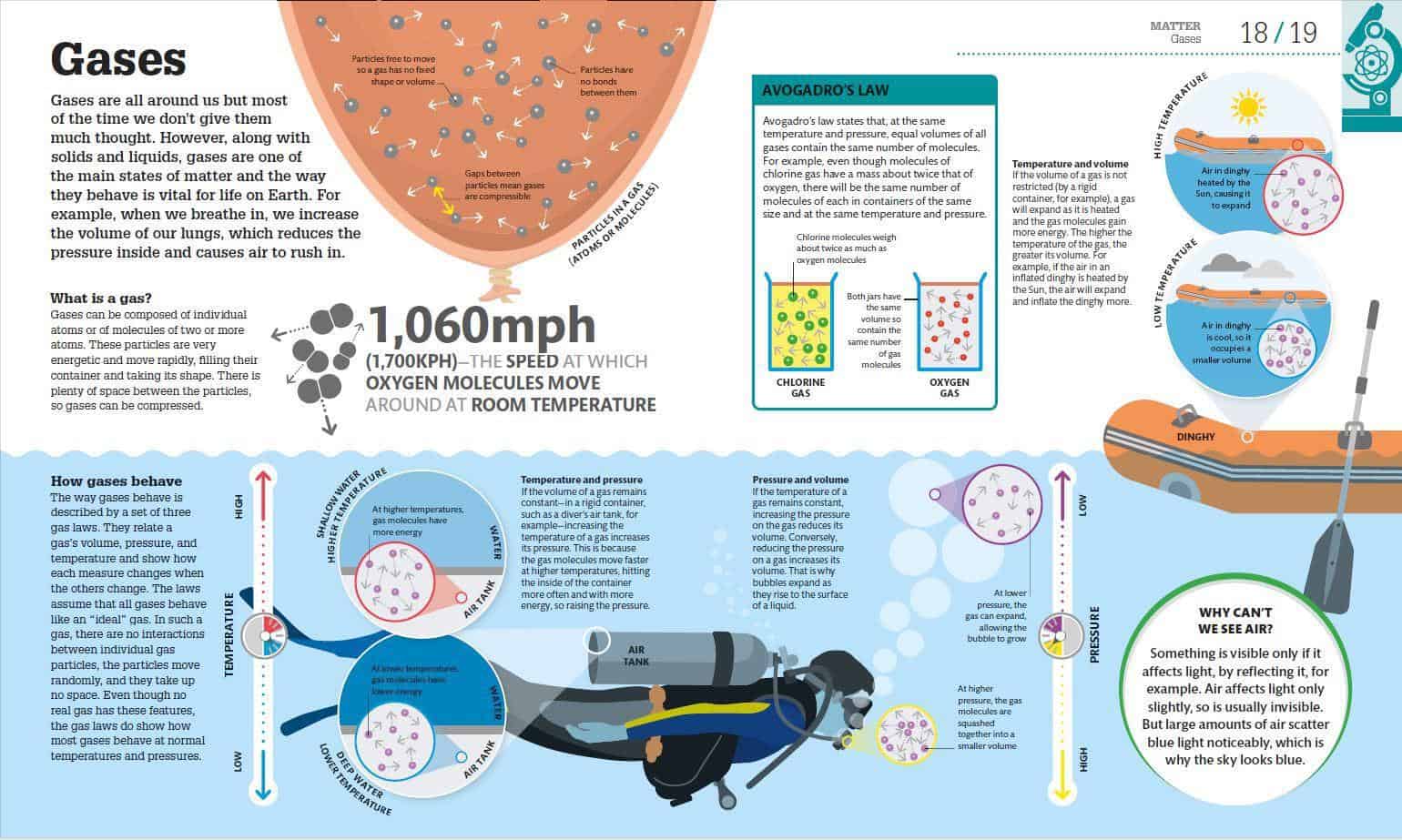
Instead, when you crack the spine of How Science Works you are greeted with bright, engaging images used in a variety of page layouts. Turn the book sideways to read the pages explaining gravity, understand mirrors and lenses through the clear diagrams, and have the enormity of climate change demonstrated through one chart.
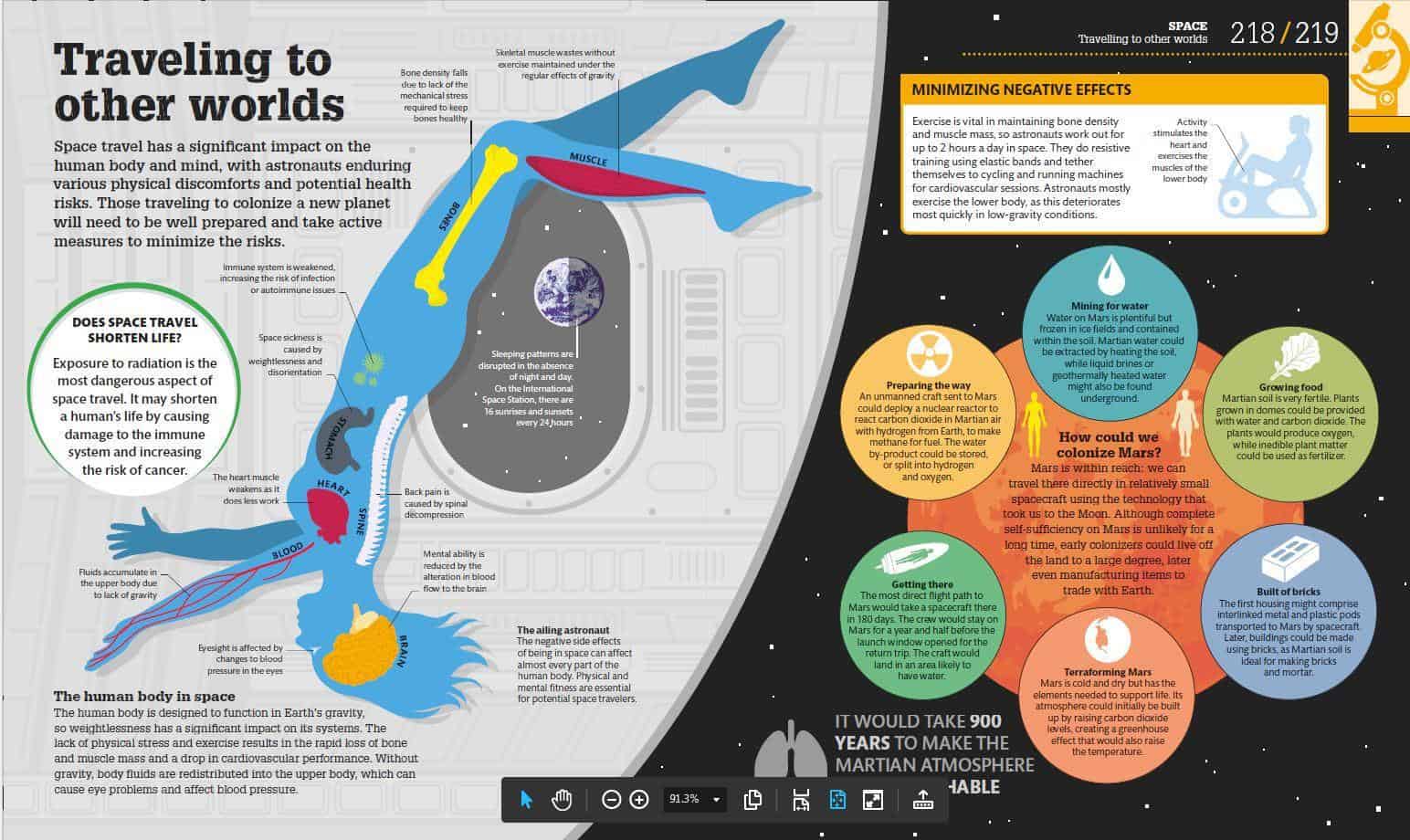
The book has five sections; Matter, Energy & Forces, Life, Space, and Earth. Within each section, there are multiple double-page spreads, each of which focuses on a specific area. Some are questions while others are wider primers on an area of scientific interest.
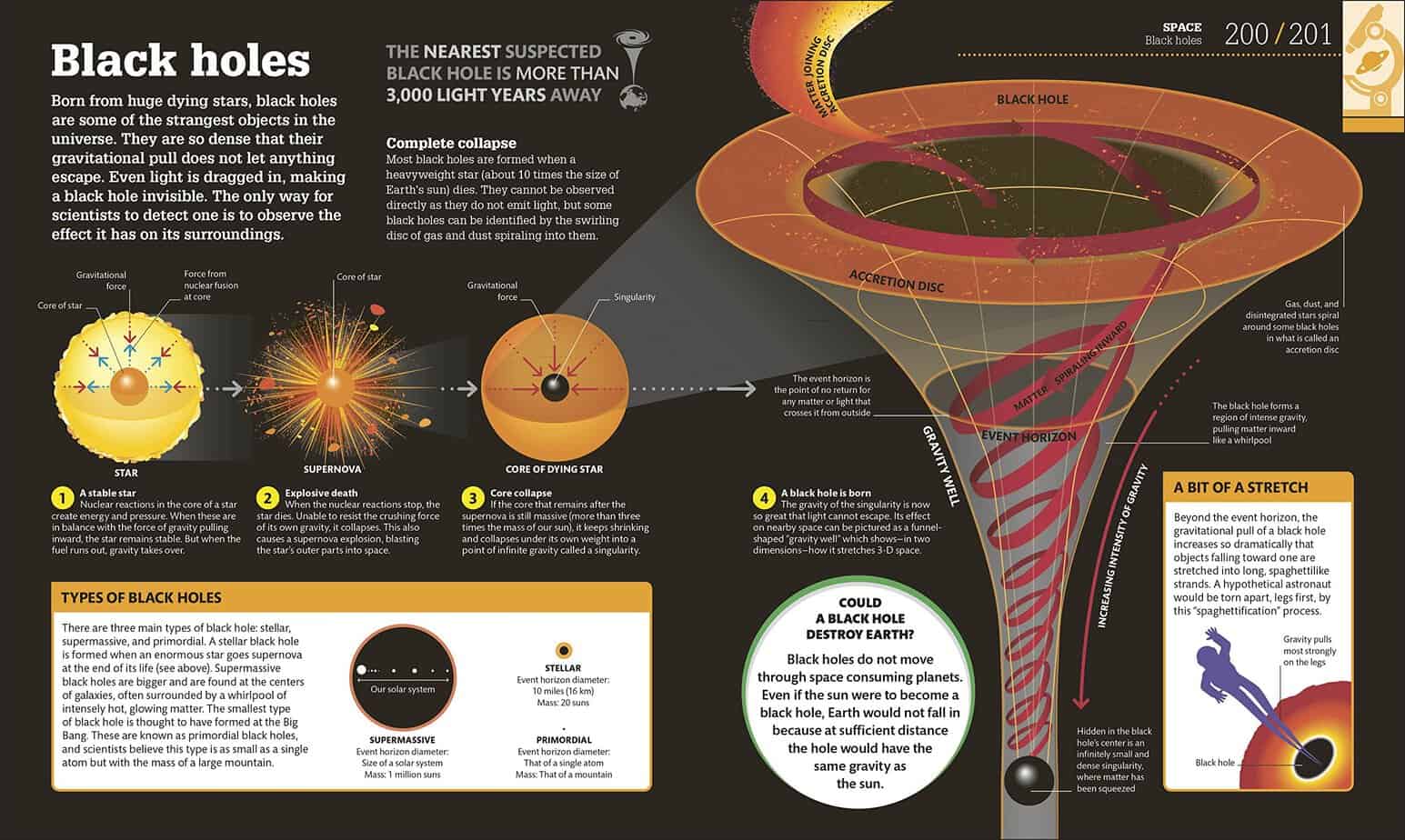
So you have double-page spreads such as:
- How Buoyancy Works
- How Big Is The Universe? &
- Space Flotsam
all of which flow logically as you make your way through the book.
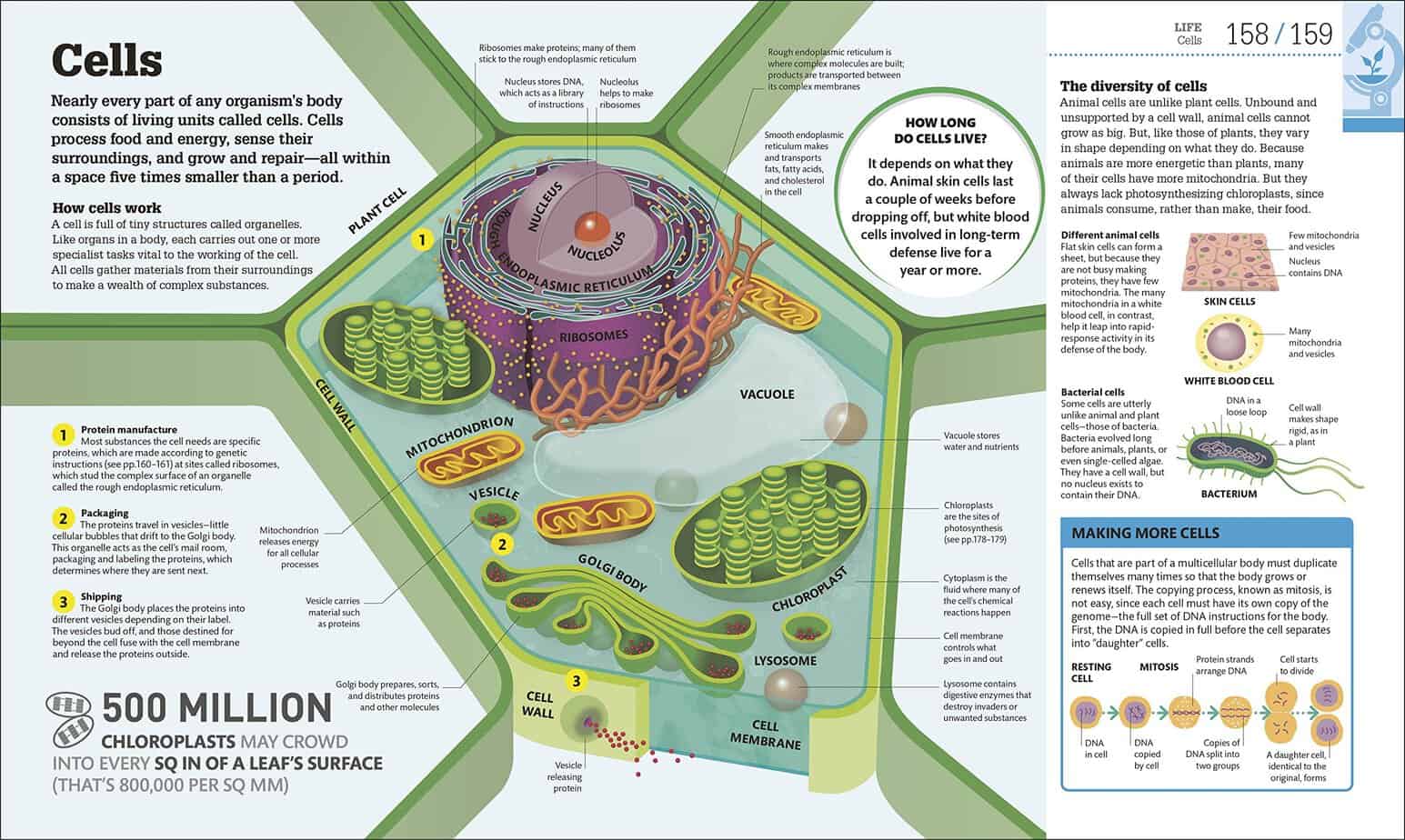
Enjoy It Anywhere
Of course, How Science Works is one of those books that I like to refer to as “dippable.” You do not need to be looking for the answer to a specific question in order to enjoy How Science Works. Instead, leave it on the coffee table, your night-stand, or dare I say it? In the washroom.
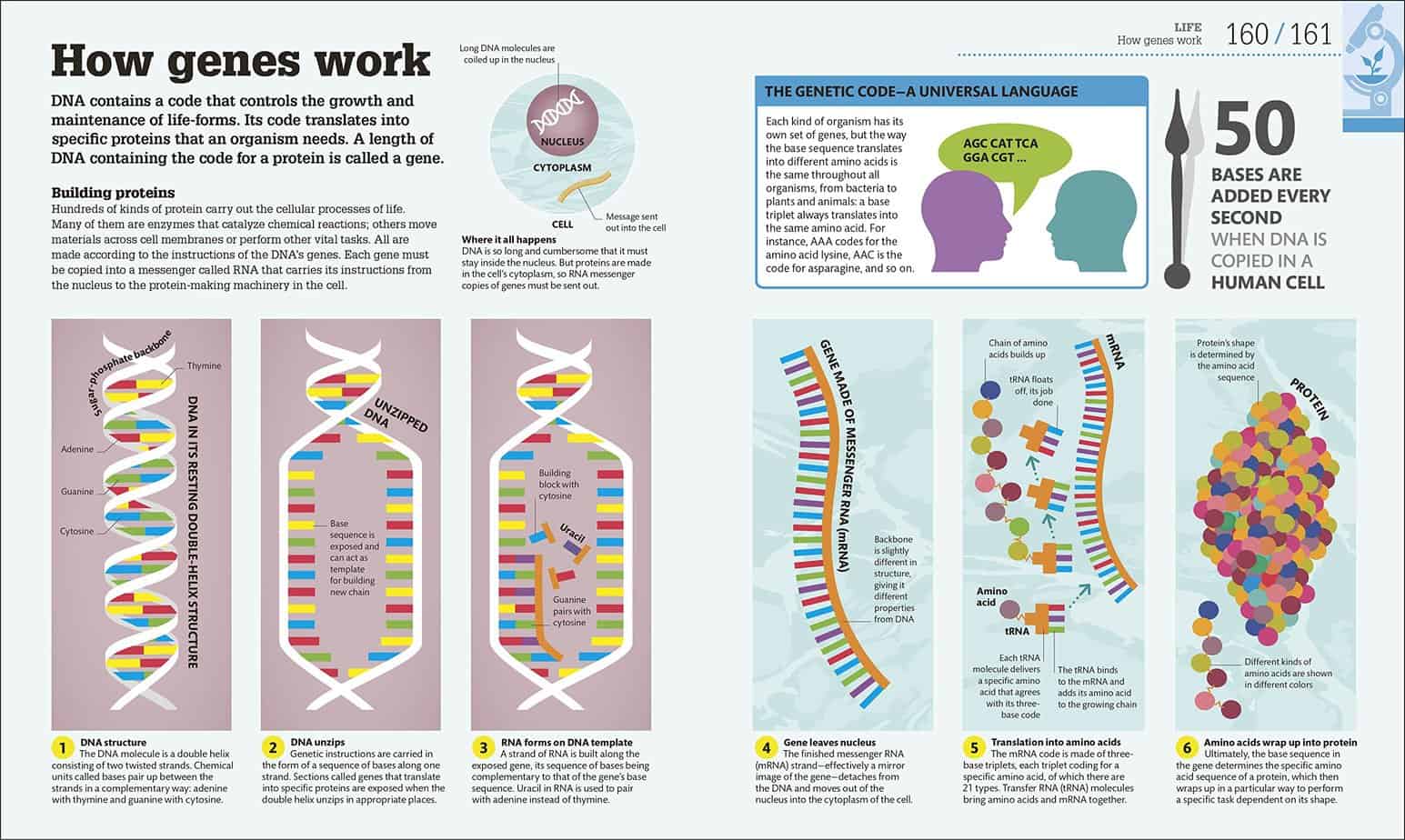
Then whenever you have a moment or two you can dip into the fabulous world of science and discover something new.
However, I should warn you, it may end up eating many hours of your valuable time. Not only because it is a book that draws you in with its splendiferous illustrations, but because once you get a taste for a subject in this book you’ll want to go on and discover much more about it.
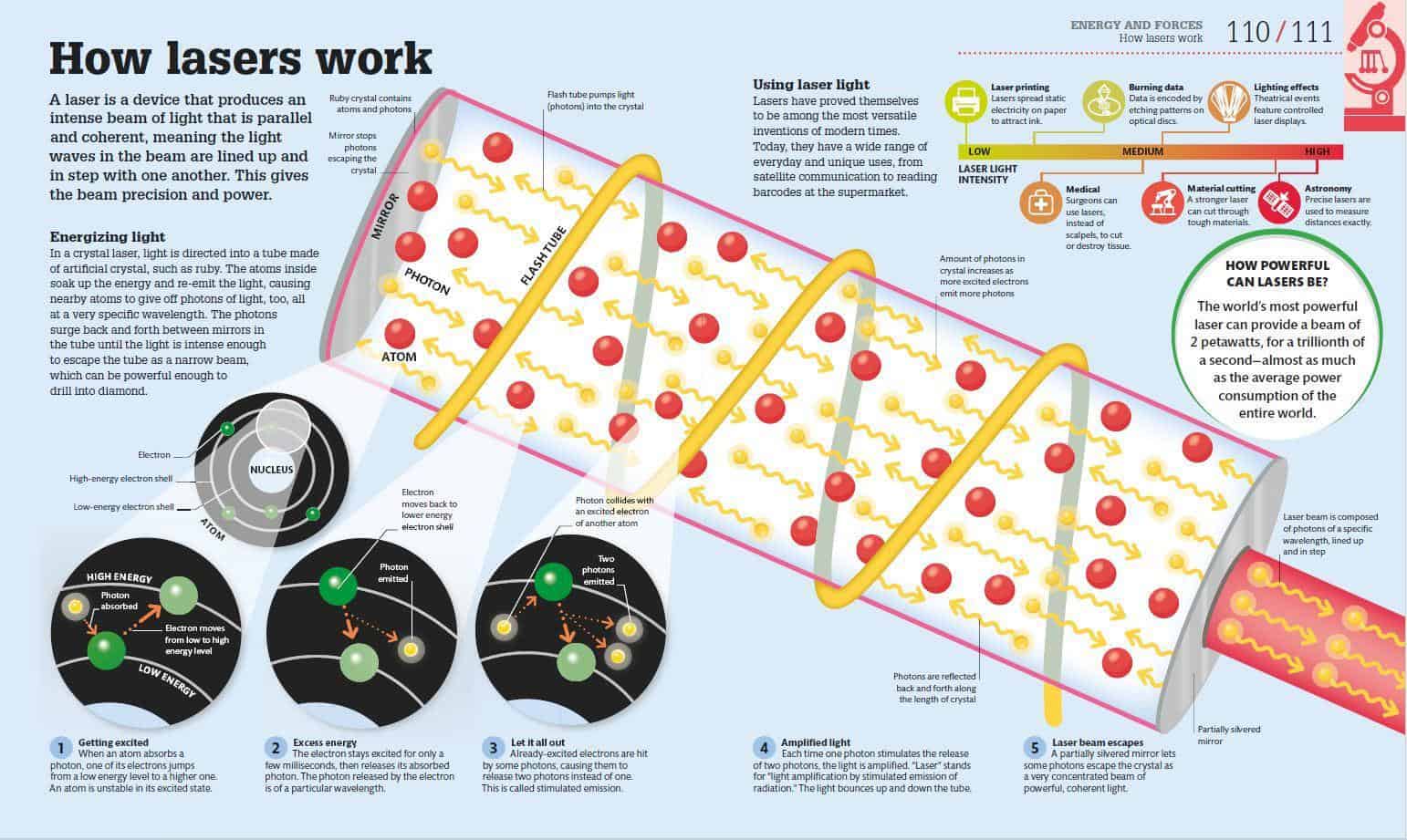
Talking of which, having skimmed through just now while I drank my tea, I am going to finish up here and then go find out more about the twin paradox.
And if you didn’t know…
 Disclosure: I received the item(s) featured in this article for free in exchange for a review on this site. I only recommend products I personally use or would be happy to use and believe would be suitable for my readers. All opinions are my own, and the points of view in this post were not influenced in any way by the sponsor.
Disclosure: I received the item(s) featured in this article for free in exchange for a review on this site. I only recommend products I personally use or would be happy to use and believe would be suitable for my readers. All opinions are my own, and the points of view in this post were not influenced in any way by the sponsor.

